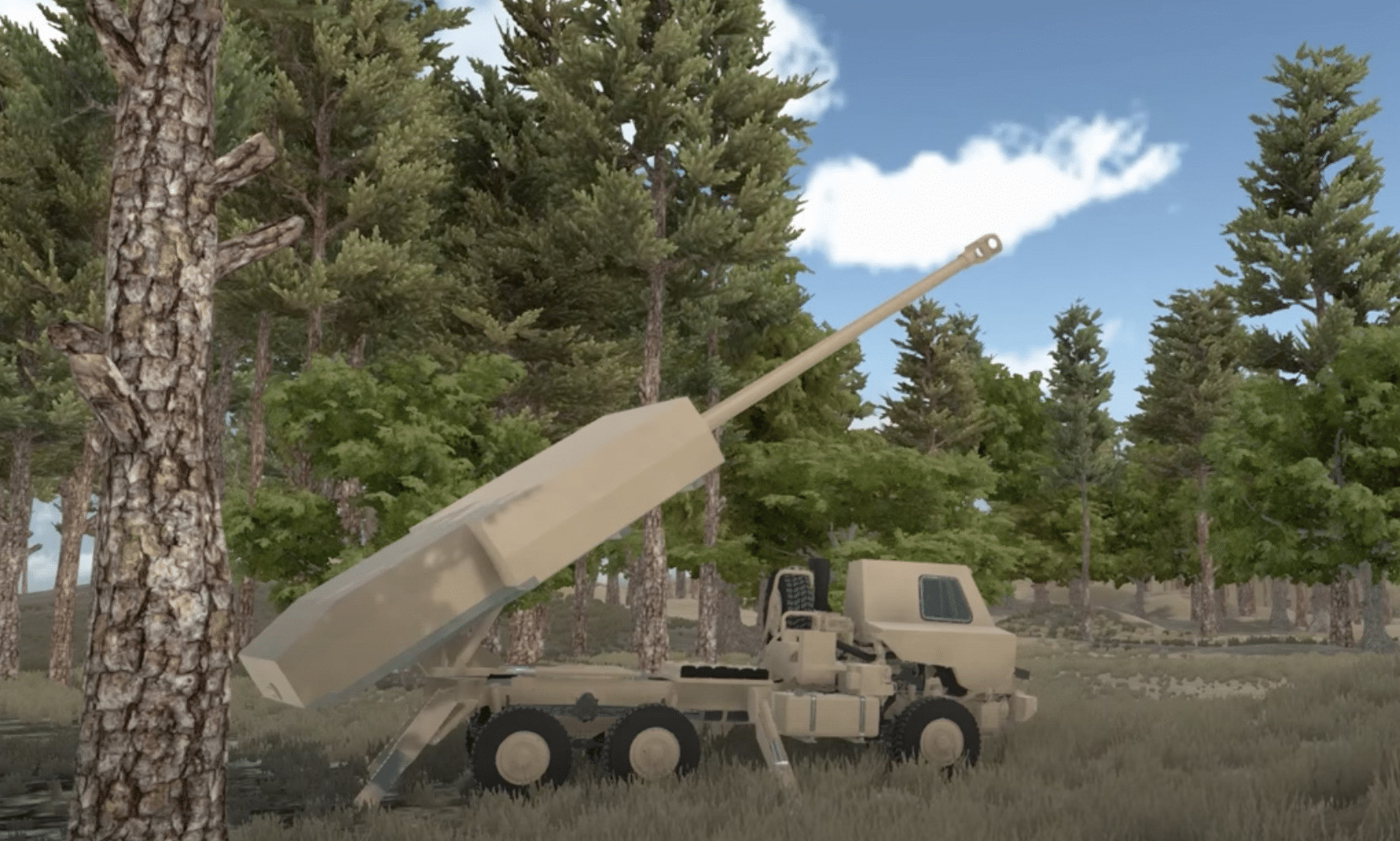
The U.S. Army has selected BAE Systems to build a prototype of a new 155 mm anti-aircraft artillery system armed with hypersonic projectiles.
This is reported by Breaking Defense.
The US Army’s Rapid Capabilities and Critical Technology Office (RCCTO) has identified the need to develop and deliver a full battery of multi-domain artillery systems (MDACS) by the fourth quarter of fiscal year 2027. This will be followed by an operational demonstration in fiscal year 2028.
Based on the results of market research conducted in July-October 2024, the RCCTO determined that the BAE Systems was the only supplier capable of developing and delivering the required prototypes within the specified timeframe.
The MDACS battery is to include eight MDACS artillery pieces, four MFPR multifunction radars, two MDBM battle management systems, and at least 144 HVP hypersonic projectiles.

The main task of the MDACS is to protect the stationary and semi-stationary positions of the Armed Forces from attacks by drones, cruise missiles, airplanes and helicopters. The MDACS should also be able to work in a single system with existing air and missile defense systems.
Details on the amount of funding have not been disclosed. However, according to the publication, the army plans to allocate $67 million in fiscal year 2025 for initial work, with further investments in subsequent years.
The main task of the MDACS is to protect the stationary and semi-stationary positions of the Armed Forces from attacks by drones, cruise missiles, airplanes and helicopters. The MDACS should also be able to work in a single system with existing air and missile defense systems.
Details on the amount of funding have not been disclosed. However, according to the publication, the army plans to allocate $67 million in fiscal year 2025 for initial work, with further investments in subsequent years.
According to the published requirements, the MDAC is a highly mobile airborne self-propelled wheeled 155 mm artillery system.
Customers expect the future system to have a high level of automation. In addition, it should have a large ammunition capacity and high rate of fire.
For effective operation, the combat vehicle will receive external targeting, for which it will be integrated into the Integrated Battle Control System (IBCS) and the Integrated Air and Missile Defense (IAMD) network.
The main advantage of the advanced system should be a hypersonic anti-aircraft munition. An experimental sub-caliber active-reactive munition has been created since 2013 as part of the electromagnetic gun development program.
However, it was later adapted for 127 mm naval artillery pieces and 155 mm land artillery pieces. According to published data, the cost of HVP ammunition in 2018 reached $86 thousand.
To achieve ultra-high speeds, it is equipped with a rocket engine, which, according to some reports, allows it to reach a speed of Mach 5. The maximum range is 80 kilometers.
During demonstration tests conducted in September 2020, the US Army’s M109A6 Paladin self-propelled howitzer hit a subsonic target simulating a BQM-167 Skeeter cruise missile with an experimental munition.
Підтримати нас можна через:
Приват: 5169 3351 0164 7408
PayPal - paypal@mil.in.ua
Стати нашим патроном за лінком ⬇
Subscribe to our newsletter
or on ours Telegram
Thank you!!
You are subscribed to our newsletter